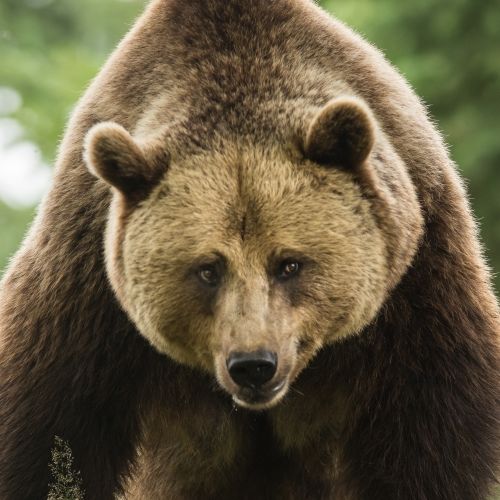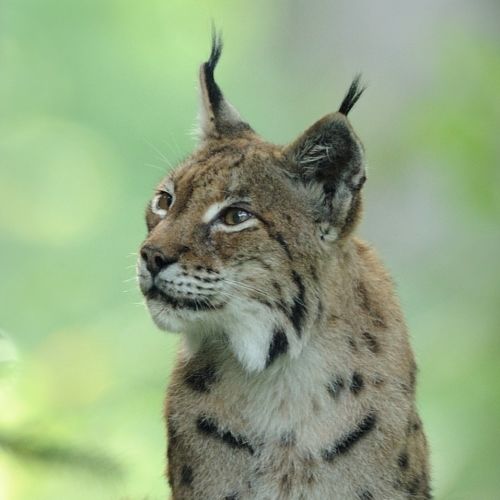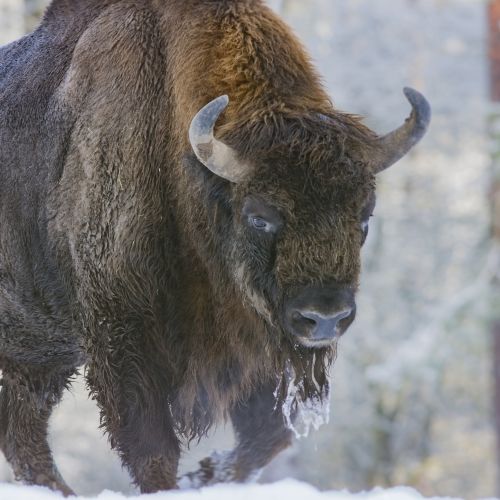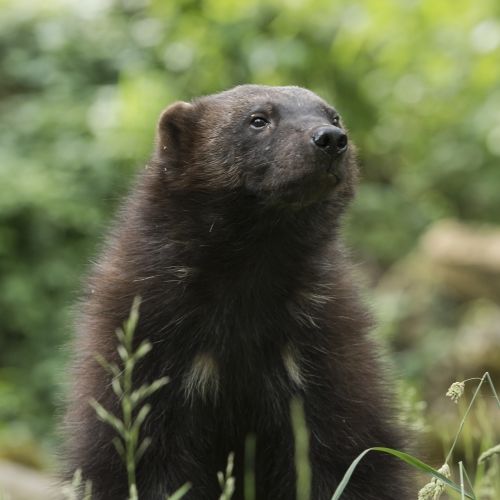The Arctic wolf
An immaculately white and deserted expanse... the territory of a formidable pack of wild wolves. In this dazzling vastness, the Arctic wolf roams. Akin to a force of nature, it braves the cold and tracks its prey. Its stunning white fur blends in perfectly with the pure white snow that stretches as far as the eye can see. Its mouth is open in a howl, its gaze is intimidating... a stark contrast with this spellbinding, exquisite scene.
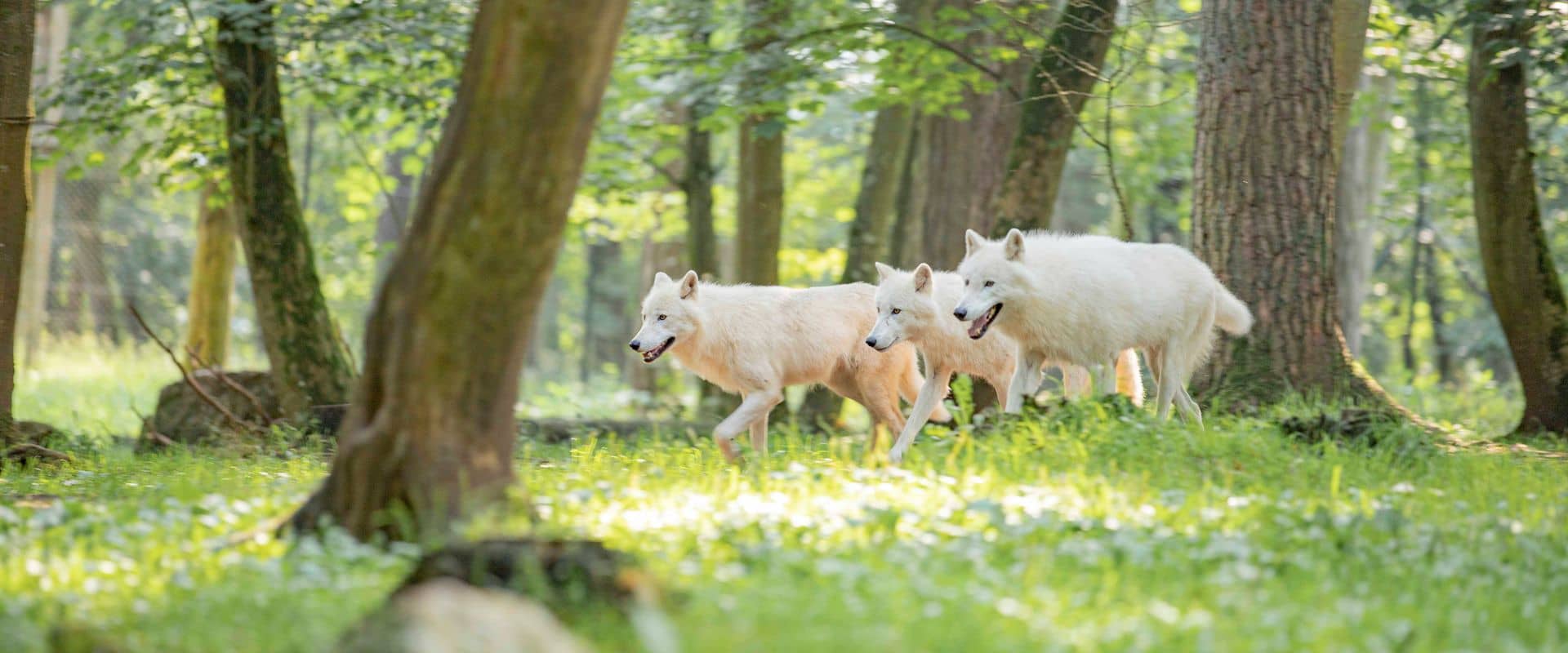
The Caribou Doctor
The Arctic wolf is an incredibly hardy animal that can survive polar temperatures as low as -70°Celsius thanks to its thick white fur! Its extremities (ears, muzzle, paws) are a bit shorter compared to other species of wolves, which helps to reduce heat-loss. In the Far North, prey is scarce. Because of the harsh climate, they eat all of their prey, including the hide, fur and bones, not wasting a single morsel. They will hunt for small mammals alone, but prefer to hunt in packs when hunting down large mammals such as caribou our musk ox. In Canada, the Arctic wolf is nicknamed “The Caribou Doctor” because it will hunt the weakest individuals in the herd, weeding out the weak and allowing the herd to remain healthy.
The Arctic wolf rarely comes into contact with humans, who are its only predator. This is partly due to the fact that humans rarely venture into the Arctic wolf's territory, because of the extremely harsh weather conditions.
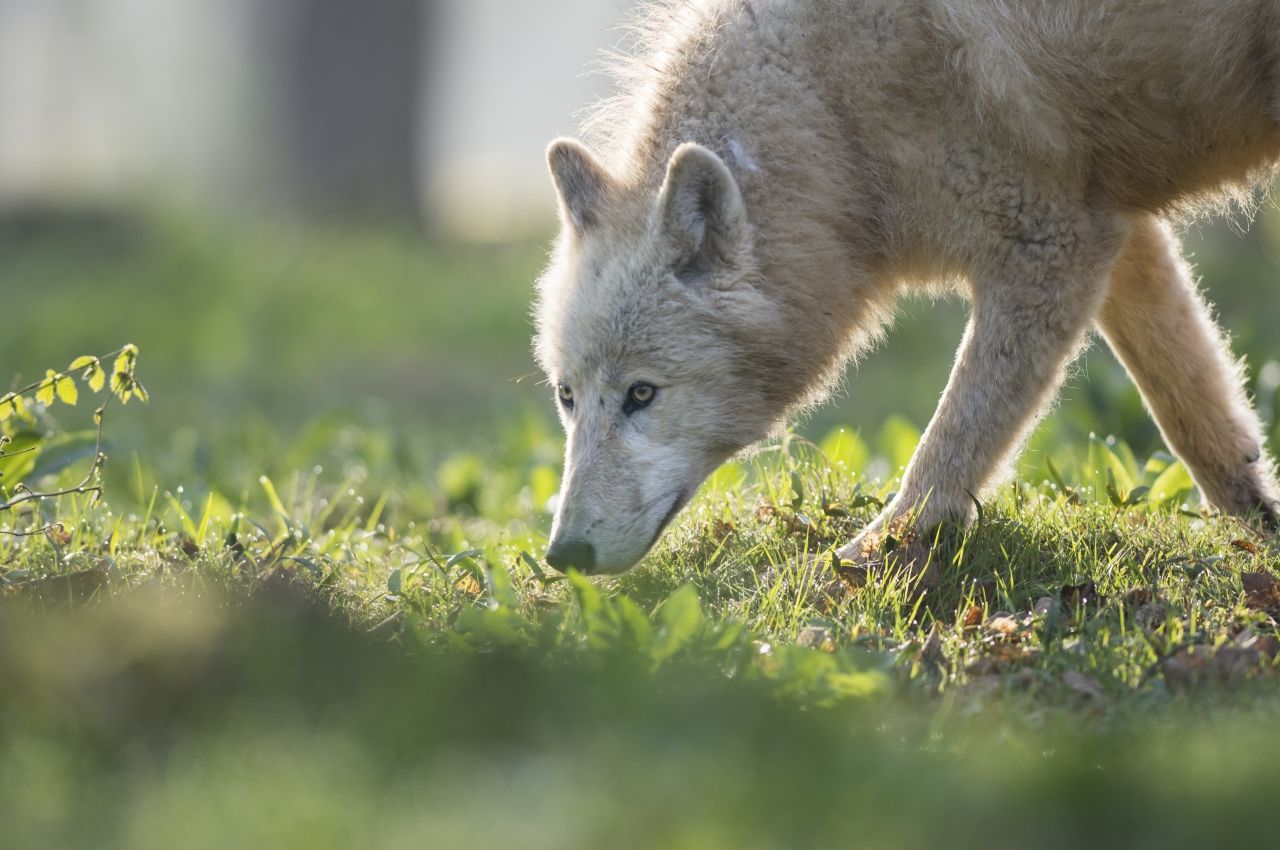
Social life
The pack is led by the breeding pair, who are accompanied by this year's litter and last year's offspring, sometimes they will welcome an invididual wolf into the pack. The breeding pair (also known as the dominant wolves) are the only ones allowed to reproduce in the pack.
They mate once per year, and after a 2 month gestation period, the female gives birth to a litter of 1 to 8 pups. Unfortunately, many of the wolf cubs die young because of the lack of food.
Wolves frequently communicate using body language, but also by howling. Wolves howl for a variety of reasons, among other to strengthen the social bonds among packmates.
Did you know that?
The wolf's howl can be heard up to 8 km away!
The wolf possesses an extraordinary sense of hearing and smell, which enable it to be such an excellent hunter.
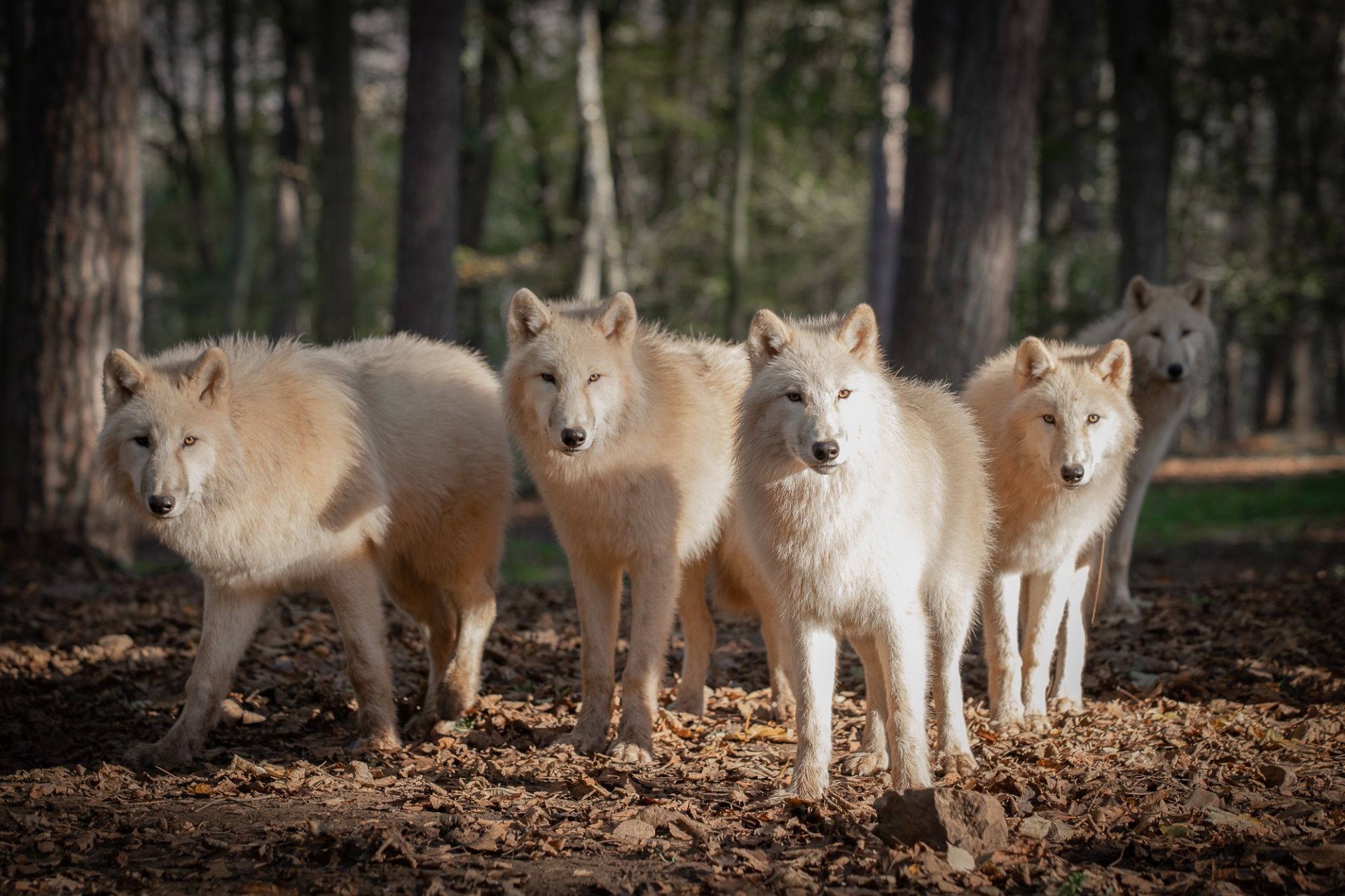
Discover the European Big 5
The bison, the wolverine, the wolf, the lynx and the brown bear
